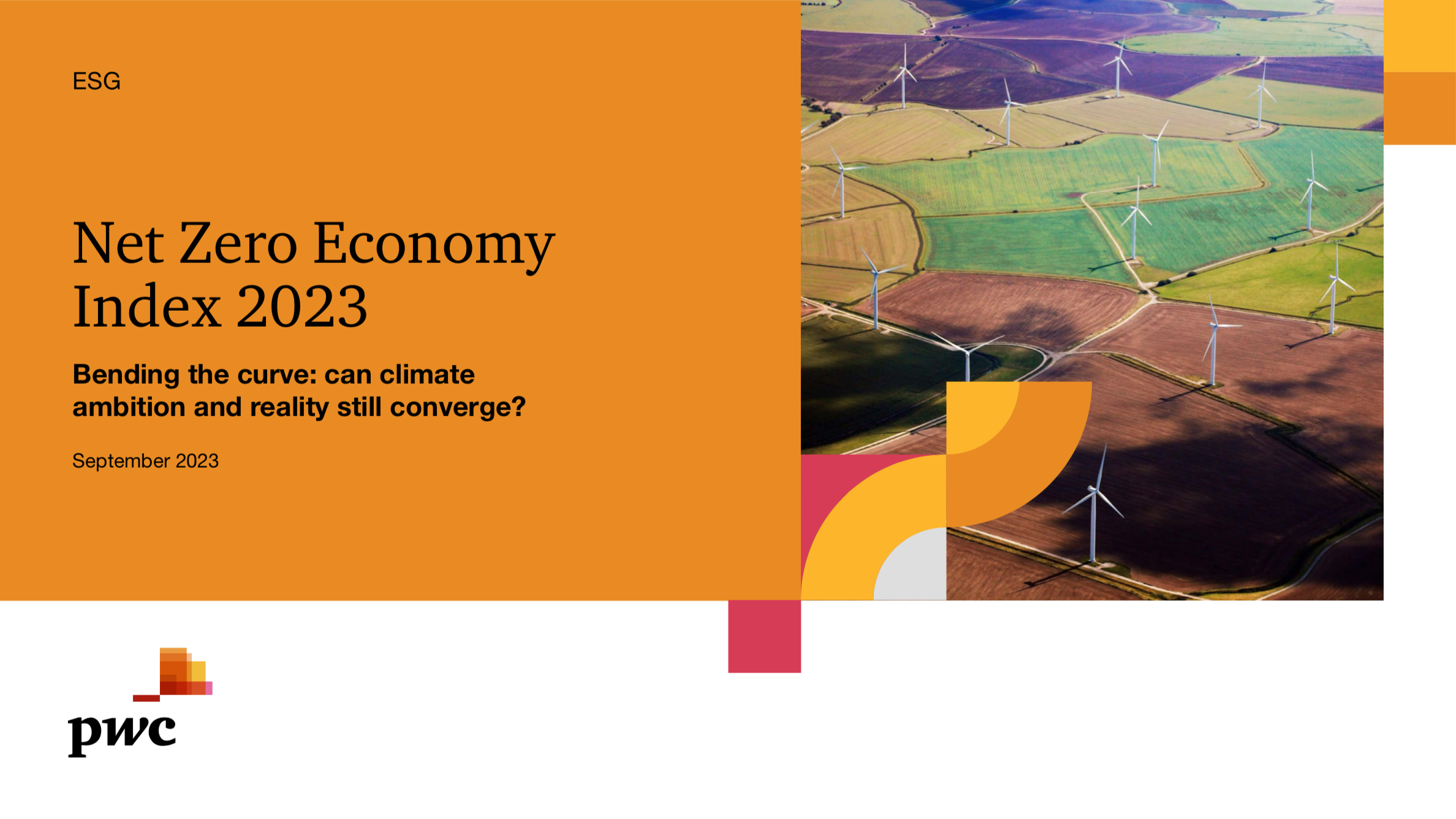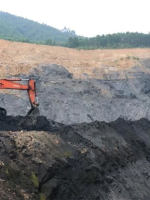
PwC’s Net Zero Economy Index 2023 that was released on January 17 reveals that the Asian-Pacific region reduced its carbon intensity by 2.8 per cent in 2022, more than doubling the 2021 rate of 1.2 per cent. It also states that only five countries met their NDC targets in 2022.
Asia-Pacific economies were responsible for 48 per cent of global emissions in 2022. While the region’s decarbonisation rate was ahead of its counterparts in the same year (at 2.8 per cent versus 2.5 per cent globally), it still needs to decarbonise six times faster to reach the 17.2 per cent that is required to limit global warming to 1.5 degrees Celsius above pre-industrial levels.
PwC’s Net Zero Economy Index tracks the decarbonisation of energy-related CO2 emissions worldwide by measuring levels of energy consumption relative to GDP, and the carbon content of that energy. The 2023 index shows that none of the Asia-Pacific economies’ decarbonisation rate in 2022 came close to the rate required to align with a 1.5 degree target, however, only five economies – New Zealand, Pakistan, South Korea, Singapore, and Vietnam – exceeded the decarbonisation rate targets set out by their NDCs.
The common factor among these economies is that they are net importers of energy, and most of them experienced a drop in their fuel demands. Excluding Pakistan, which experienced a severe energy crisis amidst rising global energy prices in 2022, resulting in a 15 per cent decarbonisation rate, the economies with the highest decarbonisation rates include Singapore (10.8 per cent), New Zealand (8.5 per cent), Vietnam (6.5 per cent), and South Korea (4.4 per cent).
Despite these tentatively positive signs, other economies’ decarbonisation rates slowed down in 2022 compared to 2021, and some experienced an increase in carbon intensity. The evidence clearly shows that most economies saw a noticeable gap between their NDC decarbonisation ambitions and their actual performance in 2022.
Vietnam is ranked among economies that are making negative or slow process in reducing their carbon intensity, and which still heavily rely on fossil fuels to sustain their economic growth. However, the CO2 levels for this group are generally lower than the G7 average, meaning that a reduction in fuel demand could significantly reduce carbon emissions.
Abhinav Goyal, director of Capital Projects and Infrastructure at PwC Vietnam stated, “Vietnam’s updated NDC shows significant strides towards prioritising sustainability, emphasising renewable energy adoption, and more ambitious emissions reduction targets, reflecting a strong commitment to climate action.”
“While the NDC seems to be in line with Vietnam’s ambition of achieving net-zero by 2050, more can be done to accelerate the progress. This change requires collaborative action from both the government and businesses.”
“Furthermore, embracing the clean energy transition isn’t just an environmental imperative, it also presents a wealth of untapped opportunities. By implementing its climate goals, through a blend of effective policy and mitigation strategies, Vietnam can receive financial and economic benefits through attracting sustainable investment, creating more jobs, and becoming a pioneer in clean technology,” he added.
Vy Bui




